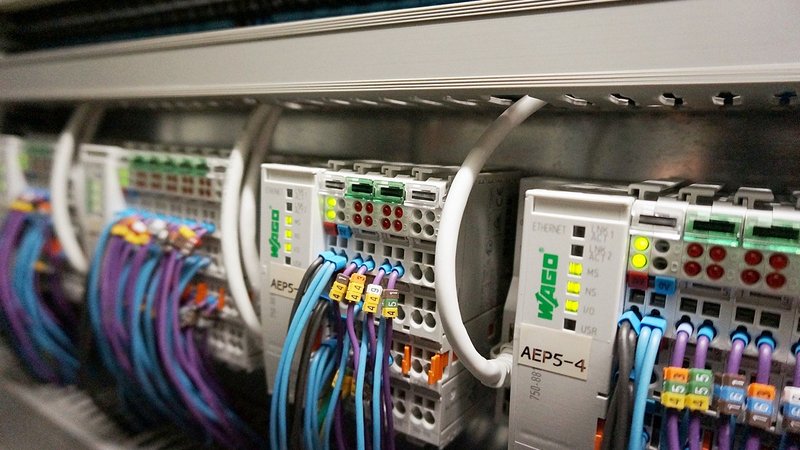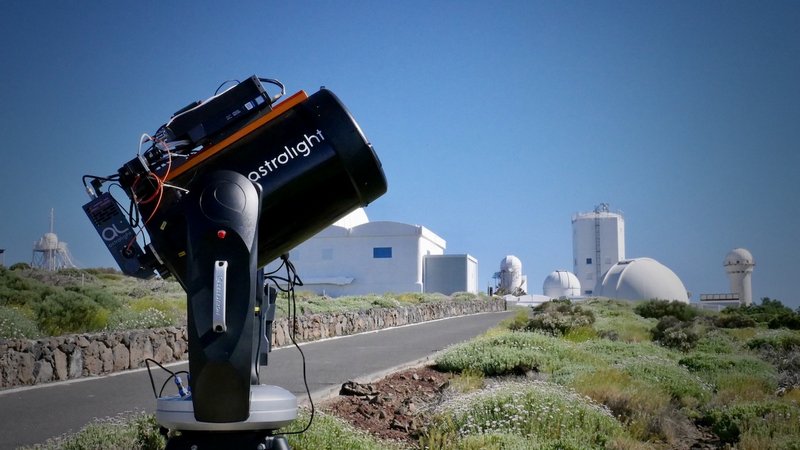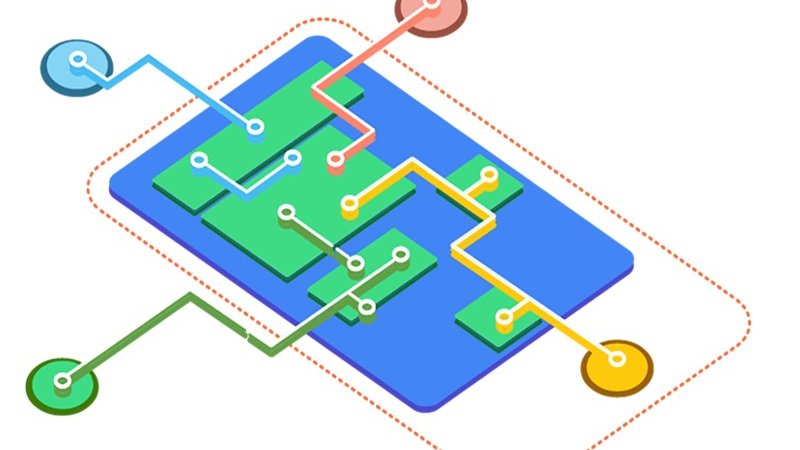

Threats over Taiwan, the COVID pandemic, and the realisation of how important semiconductors are has seen countries all over the world scrambling to secure their own supply chains. Just recently, the US passed the CHIPS act which aims to secure semiconductor supplies by giving tax credits and grants to foundries that operate on US soil. However, it was recently discovered that China has succeeded in the production of 7nm devices (which was thought impossible), and so the US has now introduced new export bans on two key semiconductor technologies; high bandgap semiconductors and tools used to design gate-all-around FETs (GAAFET). What challenges does China propose, what exactly do the export bans do, and is it necessary?
Top Stories This Week
Hardware Business News
Playermaker Raises Over $40 Million In Funding For Foot-Worn Performance Trackers

Wearable devices present numerous opportunities across all industries whether it is medical monitoring, location tracking, or user interfaces. But one industry that has taken a particular interest in wearable devices is sports; the ability to monitor athlete biodata in real-time allows for performance tracking, health monitoring, and signs of potential danger allowing for critical decisions to be made in an athlete’s career (especially when considering high-valued sports such as football). Recognising the advantages of real-time data, Playermaker has recently raised $40 million in funding to develop wearable technology that is easily integrated into the sole of an athlete’s shoe for the purpose of tracking key data such as speed and acceleration. What challenges do wearable devices face, what plans does Playermaker have, and could it present new opportunities for those in sports?
Hyundai Announces $400m Funding To Form Boston Dynamics AI Institute

Boston Dynamics are famous for its numerous robotic developments including robots that can perform acrobatics, robots that can jump over large objects while carrying heavy loads, and robots able to open doors and navigate throughout complex environments. However, one area where robotic systems are severely lacking is AI, and this can make robots, particularly dangerous around humans through lack of awareness. Recognising these challenges, Hyundai has announced that it will be launching a new institute spun off from Boston Dynamics that will aim to improve AI systems in robotics. What challenges do robots face, how much money will Hyundai be giving to the new institute, and how will improved AI help future generations of robotics?
Vodafone Deploys Private 5G Network To Help Greenhouse In Bayer, Germany

5G networks are slated to bring about a revolution in internet connectivity thanks to the numerous advantages it presents. For example, 5G has been designed to handle IoT devices with increased device support, faster bandwidths, and lower latencies which allows for the development of smart cities, vehicle-to-everything, and environmental monitoring. But 5G networks have also been designed to allow for private networks that can be established at the local level whether it is an industrial site, a business, or a farm. To demonstrate the abilities of private 5G networks, Vodafone has recently announced its installation of a private 5G network at a greenhouse in Bayer, Germany. What advantages does 5G present, how is the network being used in the German site, and where can the technology go from here?
Google Cloud will shut down its IoT Core service in 2023

The internet-of-things has seen major developments over the past decade, and the falling cost of electronics combined with the increasing capabilities is allowing for all kinds of applications including security systems, environmental monitoring, and automation. However, the IoT industry has also been plagued with numerous challenges including cybersecurity, device support, and fragmentation which has hindered IoT integration. Now, Google has announced that it will be closing down its core IoT services warning customers to find alternative platforms to use. What challenges does IoT present, what has Google announced, and why does it hinder IoT development?
Hardware Engineering News
New Cyberattack Takes Advantage Of Industrial PLCs

Programmable Logic Controllers (PLC) are an essential component of any industrial operation, and advances in technology have seen PLCs transform from basic microcontrollers into full-fledge internet-enable devices. This internet connectivity not only allows for PLCs to be controlled remotely, but the data gathered from such devices has powered new technologies such as predictive maintenance, intelligent control systems, and real-time site coordination. However, as PLCs have become more advanced, they have also become a target for cybercriminals, and researchers have recently discovered a new cyberattack that specifically targets PLCs. What challenges do cyberattacks pose to industrial operations, what devices are affected, and how can site operators improve their security?
Researcher Demonstrates Security Vulnerability In Starlink With A $25 Diy Device

Starlink, a satellite-based internet service developed by SpaceX, faces numerous challenges including scales of economies, service coverage, bandwidth, and other complex technical challenges, and despite all of this it continues to launch more satellites into space and increase access to the service. However, a cybersecurity researcher has recently demonstrated how Starlink terminals can be broken into and hacked to gain access to the wider network, all using a $25 DIY device. Worse, the new hack uses physical properties of the Starlink terminal which means there is no software fix that can protect the terminals. What challenges does Starlink face, what did the researcher do, and could this spell trouble for Starlink?
How The Metaverse Can Empower Industrial Applications With Ai And Digital Twins

When many hear the term metaverse, thoughts about Mark Zuckerberg and Facebook will often come to mind. While Meta certainly does lead the way in establishing the metaverse, the applications of the metaverse go far beyond social media. The introduction of digital twins and AI in industrial processes is helping engineers to develop virtual environments that not only mimic these processes, but allow for experimentation, training, and monitoring all while being totally isolated from the environment. In this article, learn about the challenges that industrial processes face, how the metaverse can help, and what technologies are empowering industrial systems.
Hardware R&D News
Researchers Develop Fabric Pressure Sensor For Wearable Health Monitoring

Despite the enormous amount of development in wearable technologies, they still suffer from multiple challenges including inflexibility, reliance on solid semiconductors, and their practicalities. Even though smartwatches and smart glasses have been developed, it is difficult to classify these devices as true wearables when considering that they are bulky and often uncomfortable. However, researchers have recently developed an all-fabric pressure sensor that can have the same versatility as clothing meaning that it can be worn comfortably. What challenges do wearable medical devices face, what did the researchers develop, and how could they help power medical monitoring?
Astrolight Successfully Demonstrates Ground-To-Space Laser

Radio waves have been the primary means of communication between satellites and ground stations ever since the launch of the first satellites as radio waves can easily penetrate the atmosphere, and operate on different frequencies which reduce interference, ease of generation and detection, and their divergent nature meaning that they quickly spread out as they travel. However, the increasing number of satellites in orbit and the shift towards terrestrial microwave technologies are putting pressure on satellite communication systems including increased interference and reduced bandwidths. Recognising the challenges faced by traditional radio communication, Astrolight recently successfully demonstrated a ground-to-satellite laser communication relay that uses laser light instead of radio waves for communication. What challenges does laser communication face, how did the test work, and will lasers replace radio waves going forward?
Open-Source Hardware News
Can Open-Source Technologies Help To Create An Open Society?

Open-source technologies have driven massive movements through the software and hardware communities with famous projects including Linux, Arduino, and PC architecture. Open-source projects expose every line of code and component to the public which helps to build trust in a system while also allowing community members to make changes and identify potential issues. As open-source platforms continue to gain traction, an article published on brookings.edu explores how open-source projects have helped to change society, and whether such technologies can help to support open societies.
